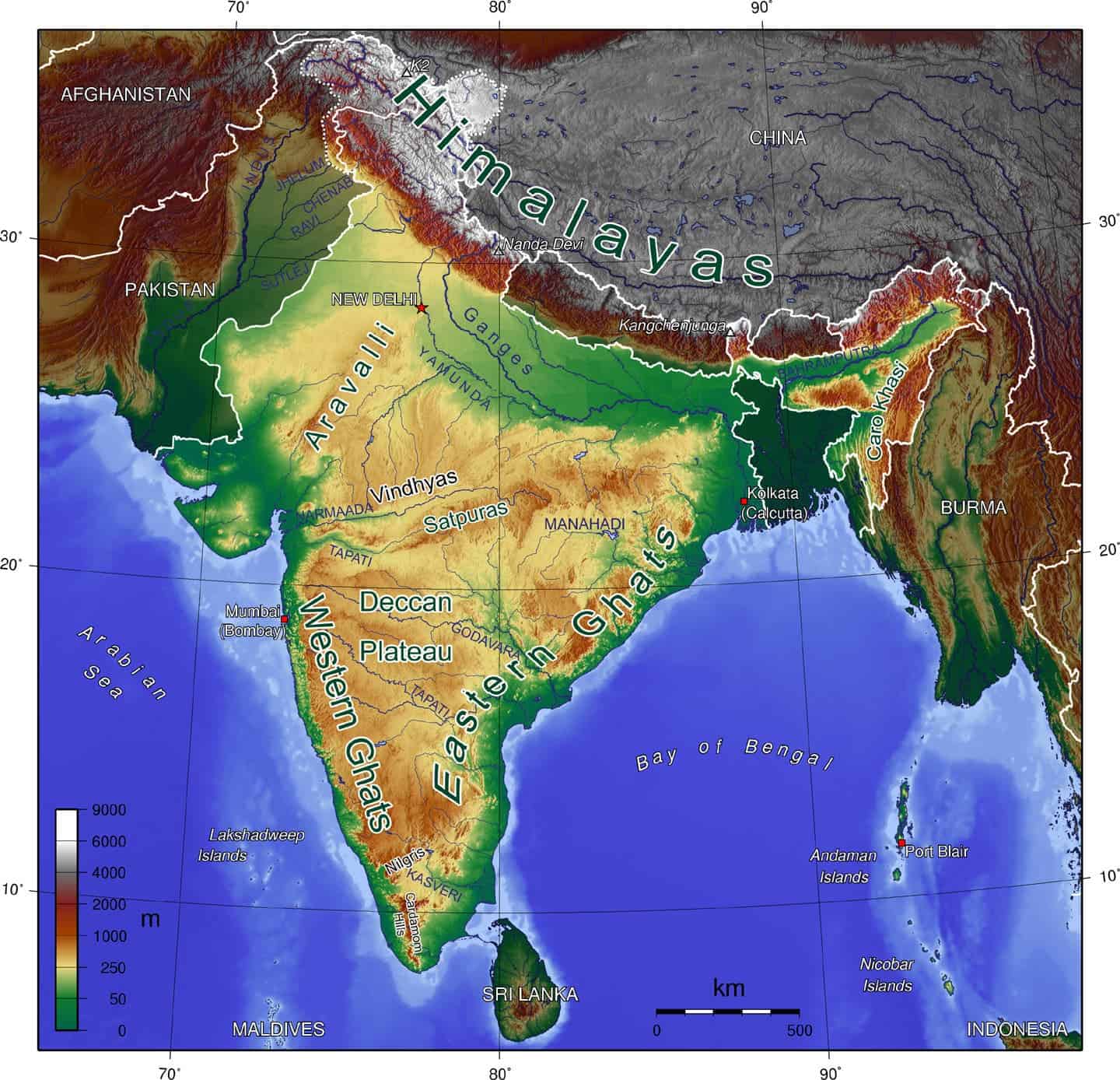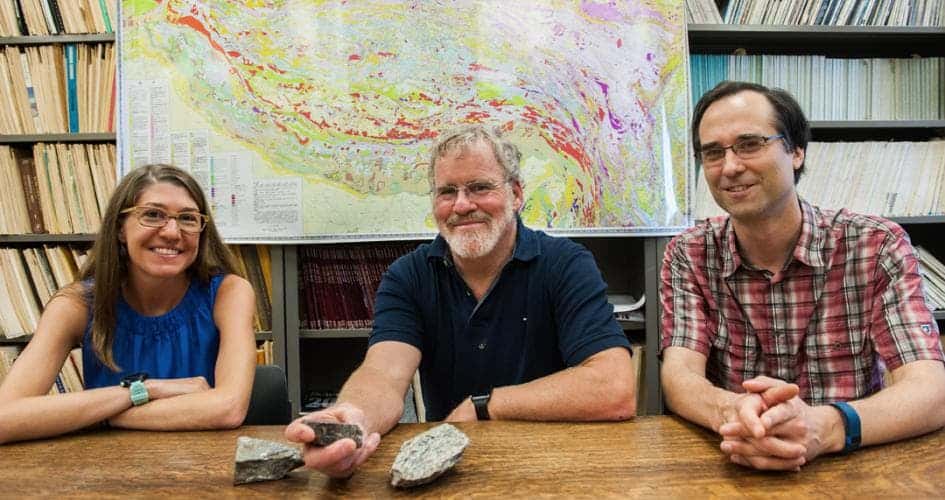In case you didn’t know, a big part of India and Eurasia was missing. Now, geologists finally figure out where all that mass went: down.
“What we found is that half of the mass that was there 60 million years ago is missing from the earth’s surface today,“ said Miquela Ingalls, a graduate student in geophysical sciences who led the project as part of her doctoral work.

We think about the Earth under our feet as stable and fixed, but in geologic time the continents are quite mobile. For instance, some 60 million years ago, India smashed into Eurasia, creating the Himalaya mountain range.
Continental crust, oceanic crust
There are two types of crust: oceanic and continental. Oceanic crust is generally heavier and denser, so when oceanic crust collides with continental crust, the former slides beneath the latter. But when two blocks of continental crust collide, neither is heavy enough to truly slide down, so they just build up huge mountain ranges. Mountain ranges as big as the Himalaya are generally created as a result of such collisions.
Now, all these plates are situated above the mantle. Although this is not really true, you can think of the upper mantle as a thick fluid, something like honey. When a piece of heavy crust slides down into the mantle, it gets absorbed and blended into the mix. But when lighter, continental crust slides in, it’s too buoyant to mix with the rest of the mantle, so it just gets pushed back up.

“We’re taught in Geology 101 that continental crust is buoyant and can’t descend into the mantle,” Ingalls said. The new results throw that idea out the window.
“We really have significant amounts of crust that have disappeared from the crustal reservoir, and the only place that it can go is into the mantle,” said David Rowley, a professor in geophysical sciences who is one of Ingalls’ advisors and a collaborator on the project. “It used to be thought that the mantle and the crust interacted only in a relatively minor way. This work suggests that, at least in certain circumstances, that’s not true.”
A planetary conundrum
It’s well known that much of the Indian and Eurasian crust was missing from the surface – so it had to go somewhere. But as Geology 101 has it, there’s no way continental crust can go into the mantle. So where could it have gone then?
Well, a trio of University of Chicago geoscientists and their collaborator did the math, and they found that it did, in fact, go into the mantle – contradicting one of the basic geological mantras.

The math was really hard, because you don’t even know the original conditions. They had to estimate all the “before” crust, so they can then see where the “after” crust went.
“By looking at all of the relevant data sets, we’ve been able to say what the mass of the crust was at the beginning of collision,” Rowley said.
It’s not like the crust had nowhere else to go. Some of it went upwards to form the Himalayas. Some was eroded and formed huge sedimentary deposits in the ocean and another part was squeezed out the sides of the colliding plates, forming Southeast Asia. But some was still missing.
“But accounting for all of these different types of mass loss, we still find that half of the continental crust involved in this collision is missing today,” Ingalls said.
“If we’ve accounted for all possible solutions at the surface, it means the remaining mass must have been recycled wholesale into the mantle.”
This could have massive implications for our understanding of the planet.
“The implication of our work is that, if we’re seeing the India-Asia collision system as an ongoing process over Earth’s history, there has been a continuous mixing of the continental crustal elements back into the mantle,” said Rowley. “And they can then be re-extracted and seen in some of those volcanic materials that come out of the mantle today.”
The study was published online Sept. 19 in Nature Geoscience.






